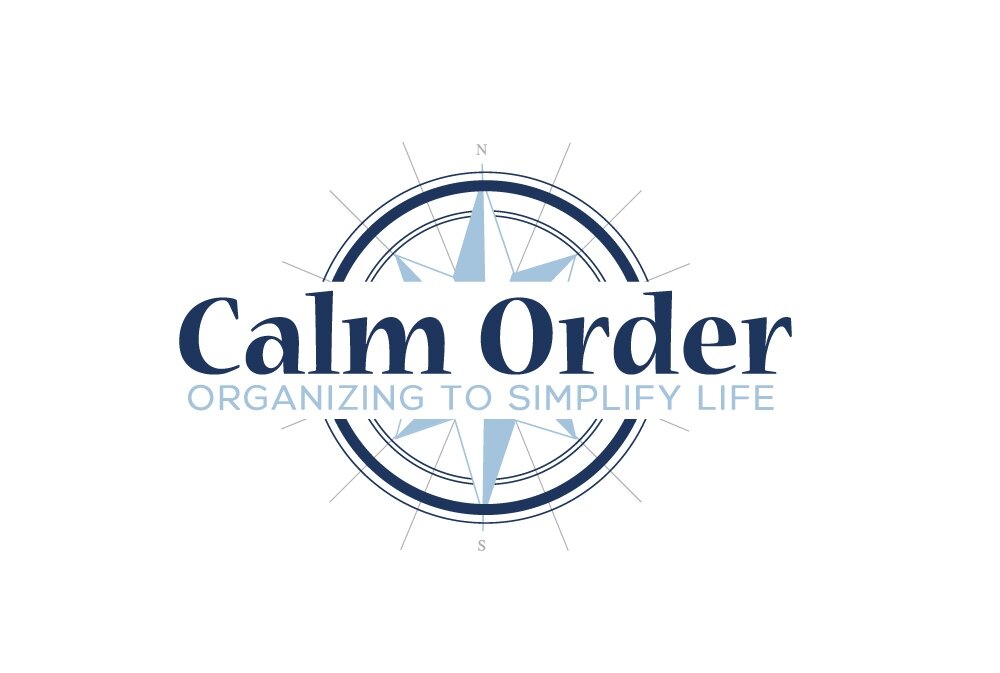We’re continuing our journey through a client’s move to Calgary from a different city by exploring what comes after the actual move – unpacking.
Before our team at Calm Order even gets to the boxes, we also need to know what the new space is like. We were already able to get an idea of their current living situation and devise a plan. As soon as we have access to the home, we conducted a walk-through of the new property. In this walk-through we were able to see how their belongings would fit and function in the new space that suited their lifestyle (based on their preferences).
The unpacking process can be described as a “strategic transition” process, not a “shove and place wherever there is room” process. To start unpacking, our team follows some key steps:
Group items into categories
Sometimes, we open a moving box to find a mix of everything from clothes, to tools, kitchen gadgets, plants, garden supplies, and office supplies all in the same box. To make sure each item ends up in their proper new place, it is important to make sure they become grouped with similar items before they get put away. Sort before you organize.
Set up a sorting station
In order to organize the items, we set up a sorting station for all the miscellaneous items. Using bins, boxes or baskets for sorting and categorizing. We line them up in a row on a table or area to establish an efficient sorting work area.
Determine the major categories
Next, we take a good look at what items were contained inside the boxes. While looking, we consider how we are going to group the items. For example, if it was immediately evident there were more of the garage tools than the other items, This would form our first category and all similar items were placed into their own separate bin. From here, we were able to continue sorting the rest of the items based on similarities until everything was sorted into a separate category.
Break down large categories into smaller ones
However, this categorization can go one step further. Within our newly sorted box of tools, we noticed a lot of screws and left over parts from the build. Instead of leaving them loose in the bin where they were likely to get lost or misplaced, we grabbed another container just for the miscellaneous screws and parts
As we continued, we broke down the categories and sorted each container whenever we noticed another large quantity of similar items. It is easier to sort piles now instead of having to re-sort a large and overwhelming pile that was just sorted. Whenever a new category trend is identified, it is helpful to start another bin sooner rather than later.
The unpacking process takes time and patience – it is not conductive or efficient to just start opening boxes and place items in empty drawers and cupboards. Sorting is a key component, and one that our team at Calm Order takes seriously. Are you having trouble sorting through your items, or knowing how to properly categorize your items? In our next post, we’ll take a closer look at proper sorting techniques to help you with any organizing project you choose.













